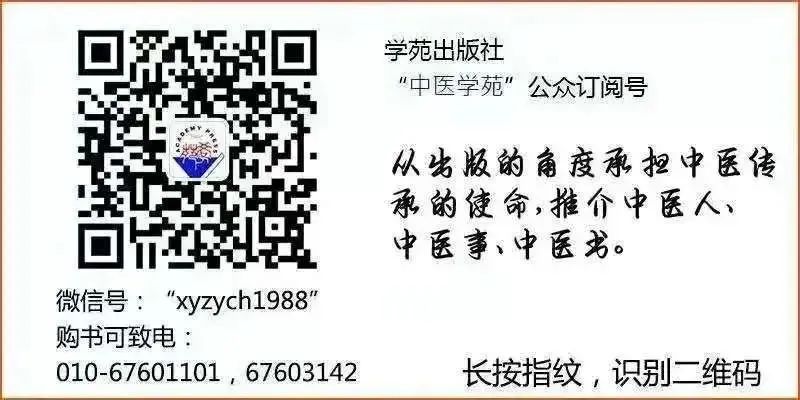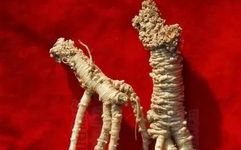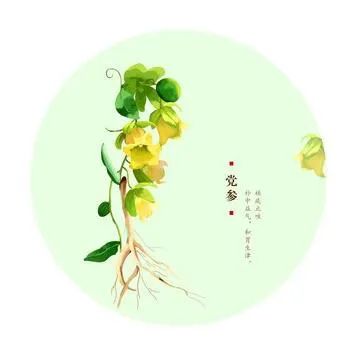
Dang Shen (党参)

In the Taihang Mountain region, there is a local chronicle, “Qingliang Mountain Chronicle,” which records that after the Yongle period of the Ming Dynasty, all the trees in the Shangdang area were cut down. Ginseng grows in shaded areas, and without trees, ginseng lost its habitat, leading to a significant decrease in its production, eventually resulting in the extinction of ginseng in Shangdang. With the disappearance of Shangdang ginseng, taxes could not be reduced, and they still had to pay tribute to the court with ginseng. What to do? The locals then discovered a herb that resembled ginseng and also had certain tonic effects—Dang Shen (党参), which was sent to the court. Perhaps because Dang Shen rarely has toxic side effects and is also a tonic herb, it “impersonated” ginseng and came into existence. Now, let’s learn more about Dang Shen together!
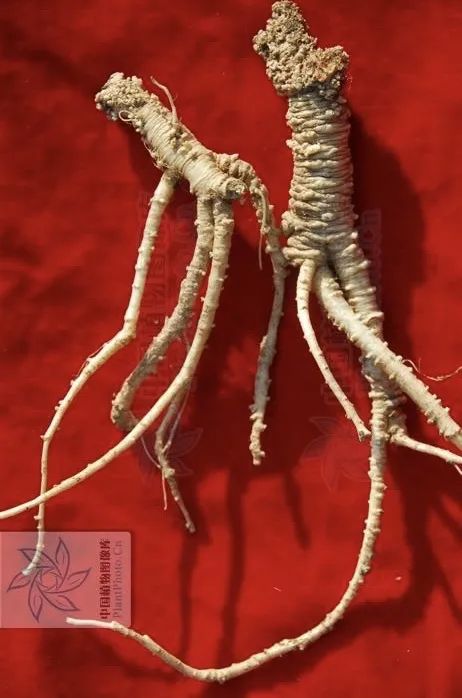
Introduction to Dang Shen
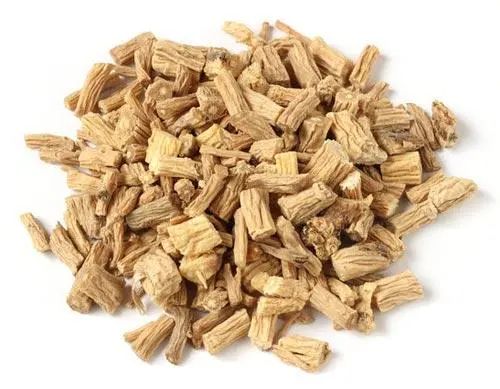
Dang Shen (党参) Codonopsis pilosula (Franch.) Nannf. is the dried root of the plant, which includes Codonopsis pilosula Nannf. var. modesta (Nannf.) L. T. Shen or Codonopsis pilosula Oliv. The first two are mainly produced in Gansu and Sichuan; the latter is mainly produced in Sichuan, Hubei, and Shaanxi. It is harvested in autumn, cleaned, and dried. It can be sliced or cut into sections, used raw or stir-fried.
Plant Morphology
The leaves are alternate on the main stem and lateral branches, nearly opposite on the small branches, with sparse short prickles. The leaf blades are ovate or narrowly ovate, with a blunt or slightly pointed tip, nearly heart-shaped at the base, with wavy blunt serrations along the edges. The leaves on the branches gradually narrow, with a rounded or wedge-shaped base, green on the upper side and gray-green on the underside, covered with sparse or dense long stiff hairs or soft hairs, and occasionally hairless.
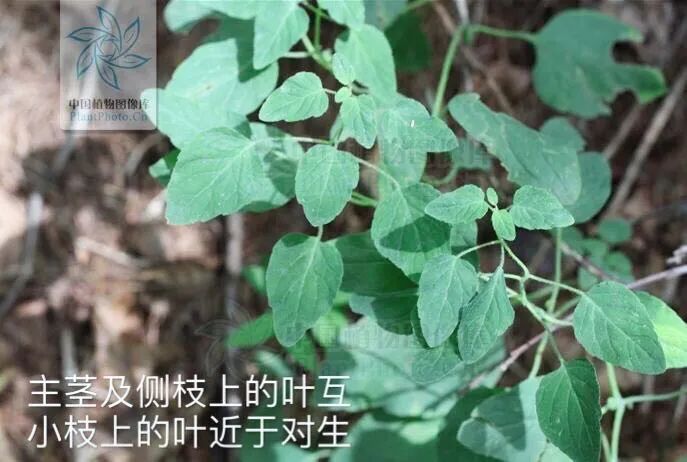

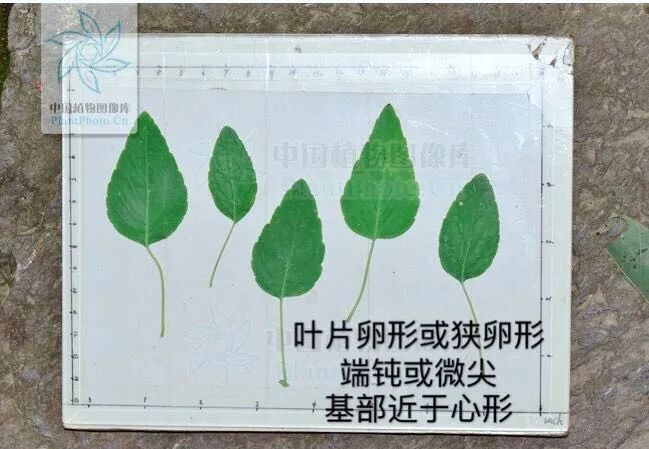

The flowers are solitary at the branch tips, alternating with the petioles or nearly opposite, with peduncles. The calyx adheres to the middle of the ovary, the tubular part is hemispherical, with lobes that are wide lanceolate or narrowly oblong, with a blunt or slightly pointed tip, slightly wavy or nearly entire, with narrow notches between the lobes. The corolla is superior, broadly bell-shaped, yellow-green, with distinct purple spots on the inner surface, shallowly lobed, with lobes that are triangular and pointed, entire; the filaments are slightly expanded at the base, the anthers are elongated, and the stigma has white bristles.
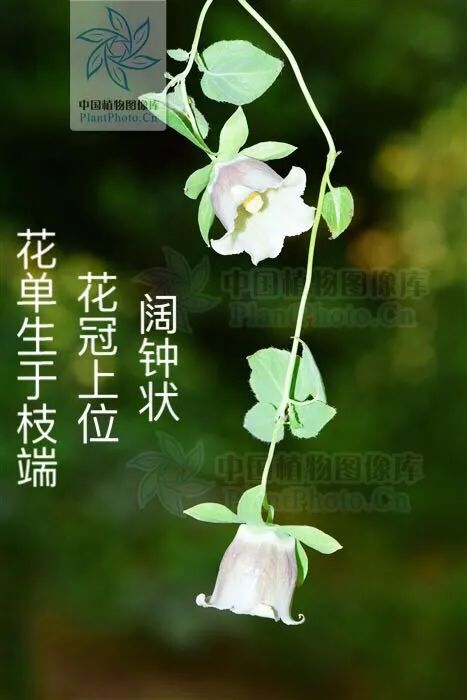
The capsule is hemispherical at the bottom and short conical at the top. The seeds are numerous, ovate, wingless, small, brownish-yellow, smooth, and hairless. The flowering and fruiting period is from July to October.
Identification of Properties
It is long cylindrical, slightly curved, with a surface yellow-brown to gray-brown. The root head has numerous warty stem scars and buds, with each stem scar having a depressed round dot at the top. Below the root head, there are dense annular transverse wrinkles, which become sparse downward, some reaching half the total length. The entire root has longitudinal wrinkles and scattered transverse long pore-like protrusions. The breakage of lateral roots often has black-brown gelatinous substances. The texture is slightly hard or slightly flexible, with a slightly flat cross-section, having fissures or radial patterns, the bark is light yellow-white to light brown, the main part is light yellow, with a distinct aroma and a slightly sweet taste.
Traditional experience suggests that the best quality is characterized by thick, long strips, soft and moist texture, and strong aroma.
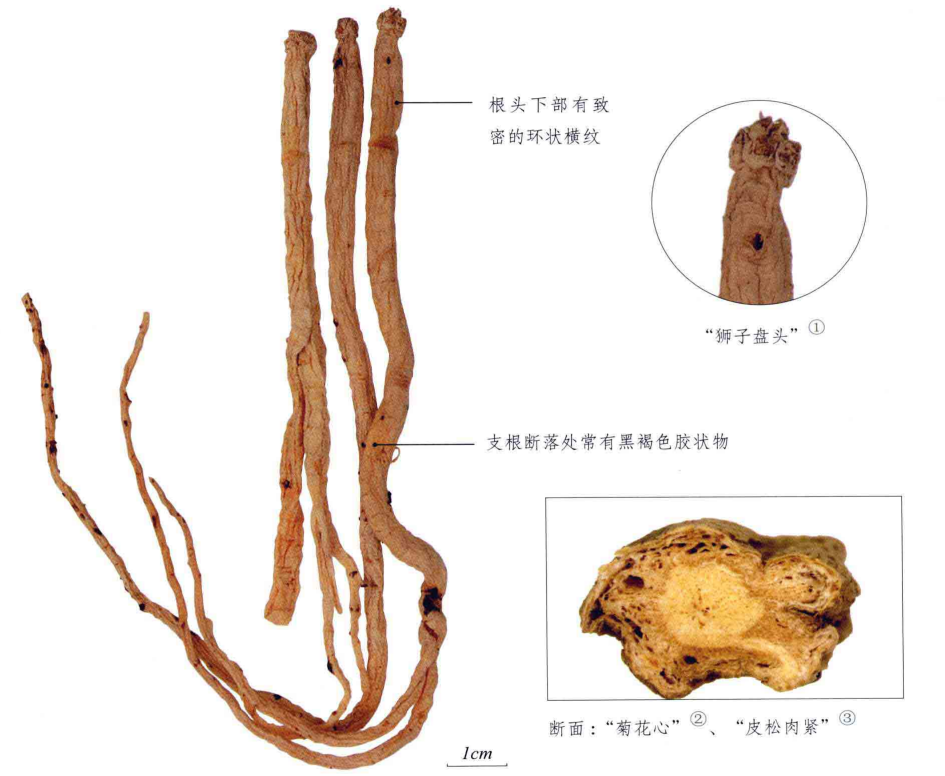
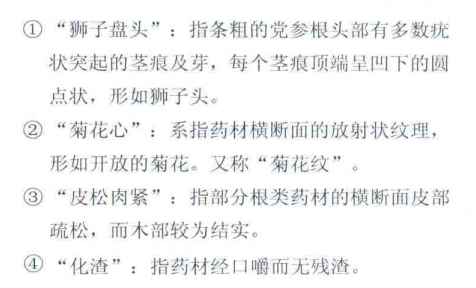
Preparation—Rice Dang Shen
[Preparation Method] Take Dang Shen slices and place them in a hot pan, stir-fry with rice over low heat until the surface turns deep yellow, remove, sift out the rice, and cool. For every 100 kg of Dang Shen slices, use 20 kg of rice.
[Properties] It appears as thick, round slices. The outer skin is deep yellow, with occasional scorch marks, and sometimes the root head has numerous warty stem scars and buds. It has fissures or radial patterns. It has a distinct aroma and a slightly sweet taste.
[Taste and Meridian Entry] Sweet, neutral. Enters the Spleen and Lung meridians.
[Functions and Indications]
Dang Shen tonifies Qi and generates fluids; used for heat diseases that injure fluids, shortness of breath, and thirst.
Rice Dang Shen tonifies Qi and generates fluids, harmonizes the stomach, and strengthens the spleen; indicated for spleen and stomach deficiency, poor appetite, and loose stools.
[Dosage] Internal use 9-30g.
[Precautions] Not suitable for use in cases of excess syndrome, heat syndrome with no deficiency of righteous Qi; and should not be used with Li Lu.
[Chemical Components] Mainly contains sterols: α-spinasterol, sitosterol, α-spinasterol-β-D-glucoside, etc.; alkaloids: choline, nicotine, 5-hydroxy-2-hydroxymethylpyridine, etc.; glycosides: β-D-pyranoglucosyl alcohol glycoside, Dang Shen glycoside I, etc.; triterpenes: dandelion terpenoid, acetyl dandelion terpenoid, etc.
[Pharmacological and Toxicological Effects] This product has effects such as enhancing immune system function, improving gastrointestinal function, improving lung function, lowering blood sugar, regulating blood lipids, delaying aging, and enhancing memory.
Representative Formulas
Shang Dang Shen Paste (上党参膏) (from “De Pei Ben Cao”)
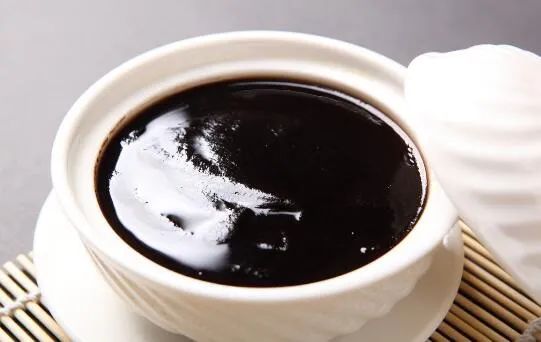
[Composition] 500g of Dang Shen, 250g of Sha Shen, 200g of Longan flesh.
[Method of Use] For paste preparation: slice the soft and sweet Dang Shen, slice the Sha Shen, add Longan flesh and water, boil to concentrate the juice, drop into water to form beads, and store in porcelain containers. Each use is one wine cup, which can be taken with hot water or added to the decoction.
[Function] Tonifies Qi, strengthens the spleen, nourishes Yin, and generates fluids.
[Indications] Suitable for Qi and Yin deficiency syndrome, with symptoms of fatigue, shortness of breath, thirst, and dry throat.

Summary of Materia Medica
“Ben Cao Cong Xin”: “Tonifies the middle, benefits Qi, harmonizes the spleen and stomach, and alleviates thirst.”
“Yao Xing Ji Yao”: “Can tonify the spleen and lung, benefit Qi and generate fluids.”
“Ben Cao Gang Mu Shi Yi”: “Treats lung deficiency, can benefit lung Qi.”
“Ben Cao Zheng Yi”: “Dang Shen can tonify the spleen, nourish the stomach, moisten the lungs, generate fluids, and promote the movement of Qi. It is not much different from ginseng. What is particularly valuable is that it tonifies the spleen without being drying, nourishes the stomach Yin without being damp, moistens the lungs without being cold, and nourishes the blood without being overly rich…”


